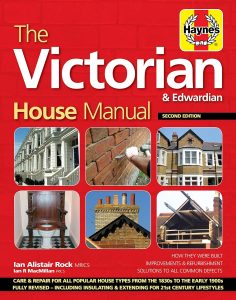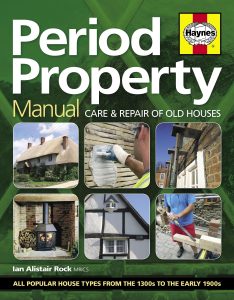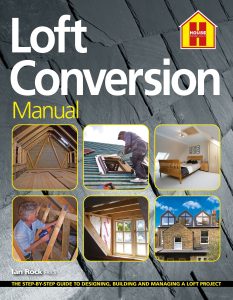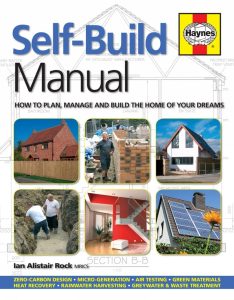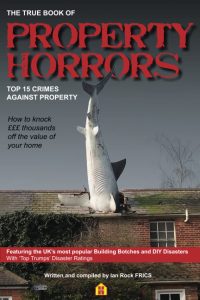ZENNOR CONSULTANTS LIMITED
Consulting Chartered Surveyors
Zennor Consultants are chartered surveyors specialising in residential property. Clients range from corporate survey and valuation groups and major magazine and book publishers through to leading PR & media organisations as well as individual homebuyers.
In recent years our involvement with the media and in professional training has grown particularly strongly. We have researched, written, photographed and produced a wide range of popular Haynes House Manuals, as well as regularly contributing to leading property magazines such as Homebuilding & Renovating and Period Living.
Rightsurvey is one of the UK’s leading price comparison websites for UK surveying and property services and is a wholly owned subsidiary of Zennor Consultants.
Major projects have included working with ‘Impossible Pictures’ for Channel 4, and we are frequently commissioned to write articles on residential property for national and local media and have featured on numerous BBC and independent radio programmes such as the LBC Property Hour.
As well as carrying out professional survey and valuation work, we also work with leading providers of property training services, presenting conferences around the UK, such as the Royal Institution of Chartered Surveyors (RICS), Contact Property Training, The CPD Foundation and The National Self-build and Renovation Centre.
We have recently undertaken projects for clients as diverse as:-
Impossible Pictures and Channel 4 (Blitz Street starring Tony Robinson), Buildstore, LABC, Haynes Publishing PLC and leading West End Public Relations firm Band & Brown.

HOUSE Publishing is a recently launched book publishing venture with several exciting new titles in the pipeline.

Residential
Property
Specialists
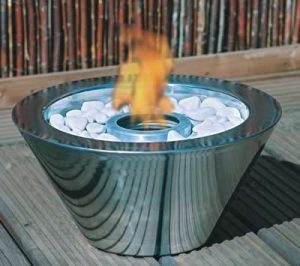
Media & publishing
Conferences & training
Survey & valuation
Rightsurvey.co.uk

